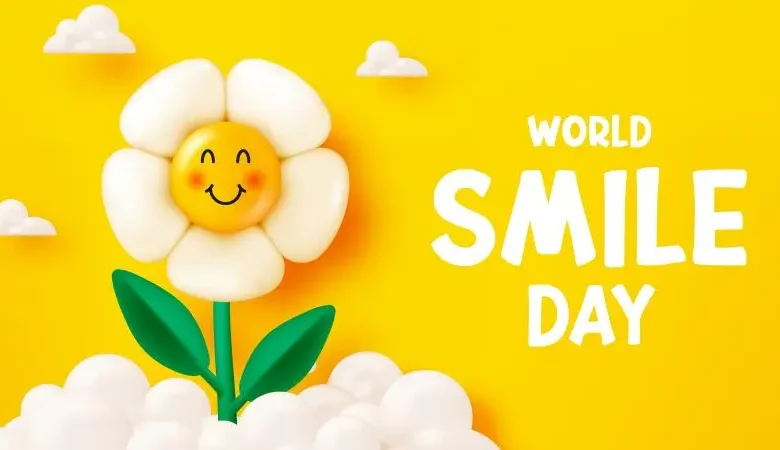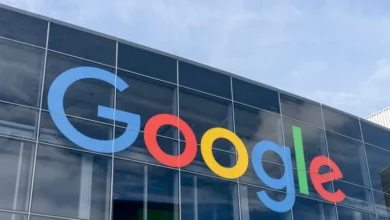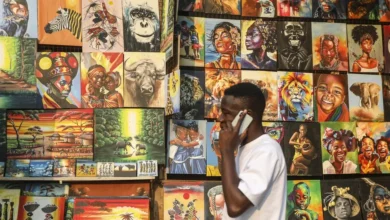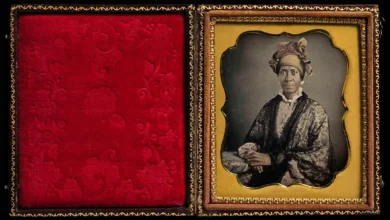World Emoji Day- who invinted emojis

Emojis have become a universal language, transcending borders and cultures to convey emotions and ideas in digital communication. Every year on July 17, World Emoji Day celebrates these tiny pictorial icons. But who invented emojis, and how did they become such an integral part of our communication?
The Pioneer: Shigetaka Kurita
The creation of emojis can be credited to Shigetaka Kurita, a Japanese designer. In the late 1990s, Kurita was part of the development team for NTT DoCoMo, a leading mobile communications company in Japan. The company was working on a new mobile internet platform called i-mode, which was aimed at enhancing messaging capabilities on cell phones.
Kurita recognized that text-based communication lacked the ability to convey emotions and nuanced expressions effectively. Inspired by weather symbols, Chinese characters, and street signs, he designed a set of 176 12×12 pixel icons to be used on mobile devices. These initial emojis included basic expressions like smiling faces, hearts, and common objects such as the sun and an umbrella. Released in 1999, these emojis quickly became popular in Japan and laid the foundation for the global emoji phenomenon.
The Evolution and Global Spread
Initially confined to Japan, emojis began to spread internationally in the early 2000s as mobile technology advanced and the internet became more widespread. The turning point came when Apple included an emoji keyboard in its iPhone operating system in 2008, initially targeting the Japanese market. Due to high demand from users worldwide, Apple made the emoji keyboard available to all iPhone users in 2011.
The adoption of emojis by other tech giants, such as Google and Microsoft, further propelled their popularity. Unicode Consortium, a non-profit organization that standardizes text across different platforms and devices, began to incorporate emojis into their standard character set in 2010. This move ensured that emojis could be used consistently across various operating systems and applications.
The Impact of Emojis
Emojis have significantly impacted the way we communicate. They add emotional context to text-based messages, making them more expressive and engaging. Emojis have also been credited with bridging language barriers, as their meanings are often universally understood.
Moreover, emojis have influenced culture and society. They are now used in marketing, branding, and even art. The Oxford English Dictionary recognized the impact of emojis by naming the “Face with Tears of Joy” emoji as the Word of the Year in 2015.
Celebrating World Emoji Day
World Emoji Day, celebrated on July 17, was created by Jeremy Burge, the founder of Emojipedia, a reference website for emojis. The date was chosen because the calendar emoji (📅) on Apple devices shows July 17, which marks the date Apple first announced its iCal calendar application in 2002.
Each year, World Emoji Day highlights new emojis and celebrates the cultural significance of these symbols. It’s a day for social media users to share their favorite emojis, for tech companies to announce new additions, and for everyone to appreciate how these small icons have transformed digital communication.










